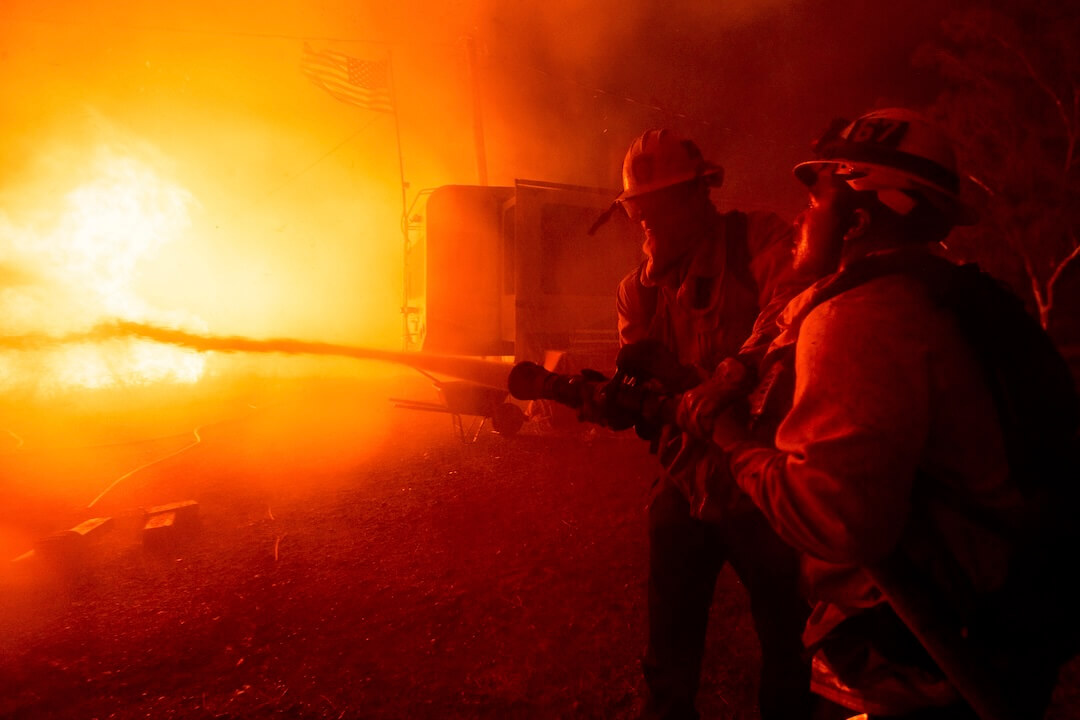Deadspin’s widely circulated report on Notre Dame linebacker Manti Te’o’s began with a tip. Timothy Burke and Jack Dickey got an anonymous email last week saying: “Hey, you know, something is fishy about the Te’o girlfriend story, you should check it out.” Burke told Anderson Cooper:
What do you do when you first want to know something? You Google it. And Google searches for Lennay Kekua only showed up articles about her dying and inspiring Manti Te’o. There was no evidence of her existing in any way, other than after she had allegedly died. We thought that was weird.
(Related: Deadspin EIC Tommy Craggs on the story)
We called in to Stanford. Several articles insisted that she had either been a Stanford student or a Stanford alumna and nothing checked out there. We called all the mortuaries and funeral homes in Carson, California where several sources had reported she had been buried. They had no information on it. …When we finally were able to track back to see all these pictures, these pictures that had represented Lennay Kekua and we found the actual alive-doesn’t-have-leukemia-and-has-never-met-Manti Te’o-person that they belong to, that sort of opened everything up.
They realized that the more they looked into it, “the stranger it got and the weirder it got,” Burke told CBS Sports.
“Whether he got scammed or whether he set this up from the beginning, I don’t really have an opinion about it either way,” Burke told Cooper. “I’m just trying to solve the mystery, and tell the end of the story.”
I followed up with Burke via email Wednesday night to find out more about the reporting and editing behind the story. The piece — which reveals a hoax that “became truth through the media” — shows what happens when journalists take information at face value and fail to do the reporting necessary to verify it.
Mallary Tenore: What was your role in the story?
Timothy Burke: I think Jack Dickey and I split roles about 50/50 in this, both in investigating and writing. Most of the editing was done by our EIC Tommy Craggs, with touch-ups by our outgoing (to Gawker) managing editor Tom Scocca. I had all the interactions with the people directly related to the Te’o-Kekua story, while Dickey’s investigative role dealt a lot with Ronaiah Tuiasosopo, his background, etc.
What was the most challenging aspect of covering this story?
A lot of people were reluctant to talk, citing Samoan family traditions about not going against the family, etc., or people not trusting me. Being patient while essentially on a deadline — that’s a challenge every journalist faces.
What was the editing process like?
I trust my EIC Tommy Craggs fully to make a masterful dish from our arrangement. But like a lot of pieces, and I’ll quote the Tampa Bay Times’ Michael Kruse here, 90 percent of writing happens before you start to type. With that in mind, once Dickey and I started to actually work on our first draft, the story came together pretty quickly.
What did you learn from the reporting process?
You can learn a lot about what happened by looking at the contradictions between other journalists’ stories. That was what really tipped us off, after all, that something was weird here. Major news organizations disagreed on the date of a person’s death by up to four days.
What’s your reaction to the reality that no other journalists thought to look into this story?
Shocked. Saddened. Perhaps a reflection on the diminished role investigative journalism plays anymore, that we were the first ones to look into this. But, you know, maybe others did [look into it], and didn’t have the tools Dickey and I did.
Related: Deadspin Editor-in-Chief Tommy Craggs tells Mallary Tenore he understands why beat writers didn’t probe Te’o’s story — “that’s just the nature of covering sports on a hard deadline” — but says features about Te’o and Kekua are the “kind of simpering crap should be eliminated from the sports pages entirely.”









Comments